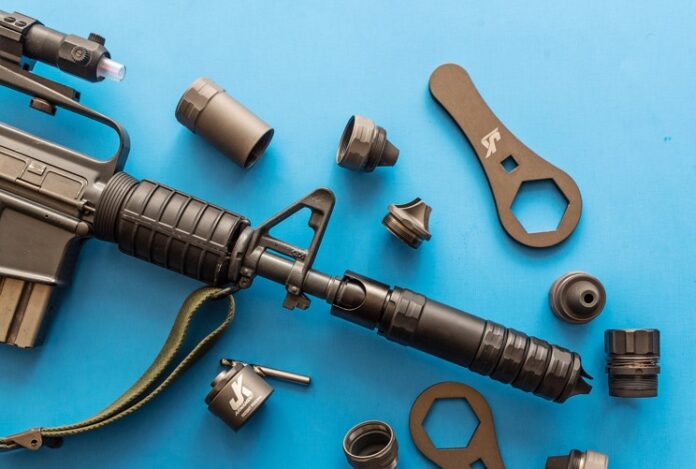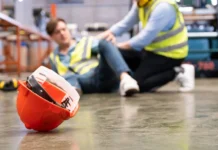In recent years, there has been an increase in the popularity of solvent traps. Some people have been using them for other purposes than they are intended, such as attaching them to the end of a firearm in order to use them as suppressors. So, do solvent traps work as suppressors? Let’s take a look.
What is a solvent trap?
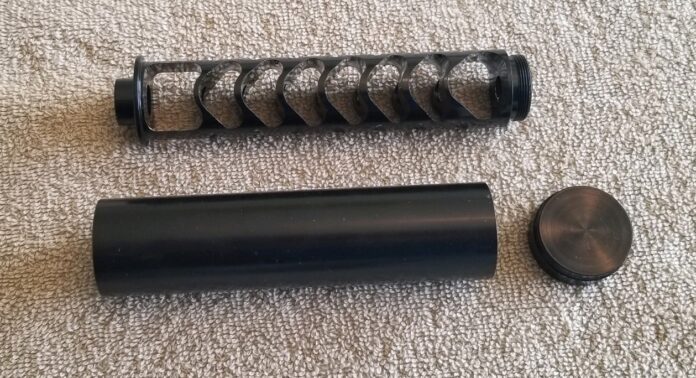
A solvent trap l is a device that is used to capture and contain liquids and solvents during repair and maintenance tasks. The device consists of a perforated metal plate that is placed over the area where the liquid or solvent will be used. A series of small holes in the plate allow the liquid or solvent to be drawn up into the device, where it is then trapped. You can find different models at KMwhisper.
They make a barrier between the container and the outside environment. This barrier can be made from various materials, such as paper or cloth, which will absorb any liquid that comes into contact with it. The absorbed liquid is then held in the trap until it can be disposed of safely.
They can be an effective way to prevent accidents and protect workers from exposure to harmful chemicals. However, it is important to ensure that they are used correctly and disposed of properly to avoid creating new hazards.
What are the different types of solvent traps?
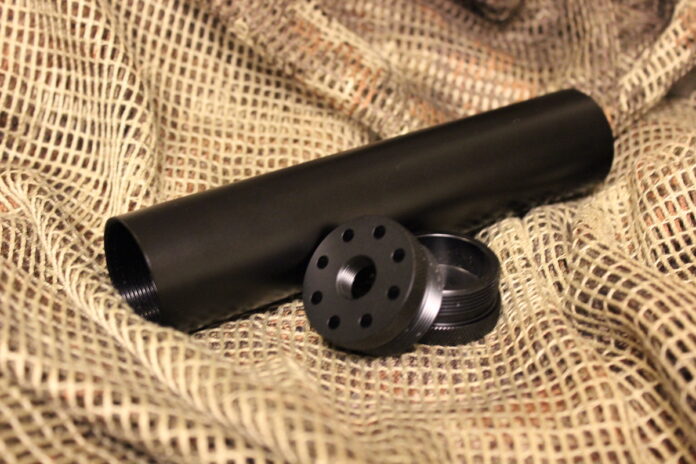
There are many different types of solvent traps, each with its own advantages and disadvantages. The most common types are:
– Activated carbon: This type is very effective at absorbing a wide range of compounds, including volatile organic compounds (VOCs). However, it can be expensive and has a limited capacity.
– Zeolites: Zeolites are a type of clay that can absorb both VOCs and heavy metals. They are less expensive than activated carbon but have a shorter lifespan.
-Chemical absorption: This type of solvent trap uses chemicals to absorb contaminants from the air. It is very effective but can be dangerous if not used correctly.
– Physical adsorption: Physical adsorption traps contaminants on the surface of the material, rather than absorbing them into the material itself. This makes it less effective than other methods, but it is also much safer.
What is a suppressor?
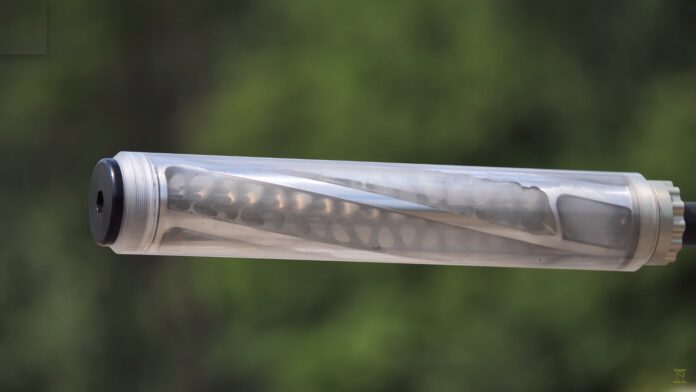
A suppressor is a device that is attached to the muzzle of a firearm in order to reduce the noise that is produced when the gun is fired. There are two main types of suppressors: mechanical and chemical.
Mechanical suppressors work by trapping the hot gases that are produced when a gun is fired and allowing them to cool down before they exit the muzzle. This reduces the amount of noise that is produced when the gun is fired. Chemical suppressors work by using chemicals to absorb the sound of the gunshot.
Suppressors can be used on both pistols and rifles. They are typically made from stainless steel or aluminum and are usually between 4 and 10 inches in length. They can be purchased with or without a threaded barrel adapter.
Though they’ve been used in movies and TV shows for years, suppressors are often misunderstood. Here are some common myths about suppressors, and the facts to set the record straight.
MYTH: Suppressors are illegal
FACT: In most states, it is perfectly legal to own a suppressor. Forty-three states allow civilians to purchase and use suppressors, with only California, Illinois, New York, Delaware, Hawaii, Massachusetts, New Jersey, Rhode Island, and Vermont prohibiting them.
MYTH: Suppressors make guns silent
FACT: Suppressors only reduce the noise of a gunshot by an average of 20-35 decibels (dB), which is still quite loud. A .22 caliber rifle with a suppressor attached will produce a noise level of approximately 115 dB – about as loud as a thunderclap. To put that in perspective, OSHA recommends exposure to noises at or above 85 dB be limited to eight hours per day without hearing protection.
How do solvent traps work as suppressors?
As the name suggests, solvent traps are designed to trap solvents and other liquids. They work by catching the liquid in a chamber and then allowing it to evaporate. This can be an effective way to reduce the amount of noise that is produced when shooting a gun. They can also be used to clean up firearms after they have been fired.
The pros and cons of using solvent traps as suppressors
First, let’s look at the pros:
- They are relatively inexpensive.
- They are easy to make yourself.
- They can be used on a variety of firearms.
- They are relatively easy to obtain (no need for a Class III license).
Now, let’s look at the cons:
- They may not work as well as traditional suppressors.
- They can be dangerous if not used properly (make sure to follow all safety instructions!).
- Some states have banned their use (check your local laws before using one).
Is a solvent trap the right option for you?
There are many factors to consider when purchasing a suppressor, including cost, effectiveness, and ease of use. Solvent traps are a popular option for those looking for an affordable way to reduce the noise of their firearms, but there are some drawbacks to consider before making your purchase.
First, it is important to know that solvent traps will not completely eliminate the sound of your firearm. They will, however, significantly reduce the noise level. For this reason, solvent traps are best suited for use with pistols or rifles that are not frequently fired. If you plan on using your suppressor frequently, you may want to consider another option such as a foam insert or baffles.
Second, solvent traps can be difficult to clean and maintain. over time, residue from the solvents used to clean your firearms can build up inside the trap, reducing its effectiveness. This build-up can also make it difficult to remove the suppressor from your firearm.
Third, solvent traps are not typically as durable as other types of suppressors. Because they rely on absorbent materials to work effectively, they can be damaged if exposed to too much heat or moisture. Additionally, they are more likely to break down over time with repeated use.
Fourth, it is important to note that possessing a solvent trap without the proper paperwork is illegal in most states. In order to purchase a solvent trap, you must first obtain a tax stamp from the ATF.
Conclusion
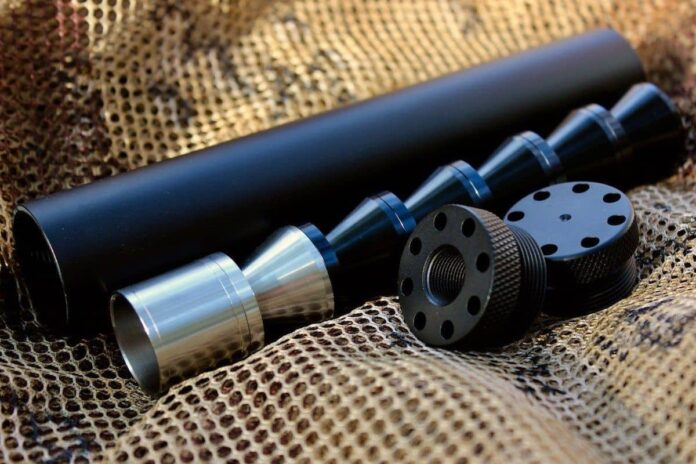
Do solvent traps work as suppressors? In short, yes. They are an effective way to reduce the noise of a gunshot and can be used on most firearms. If you’re looking for a cheap and easy way to improve your shooting experience, investing in a solvent trap is a good idea.
